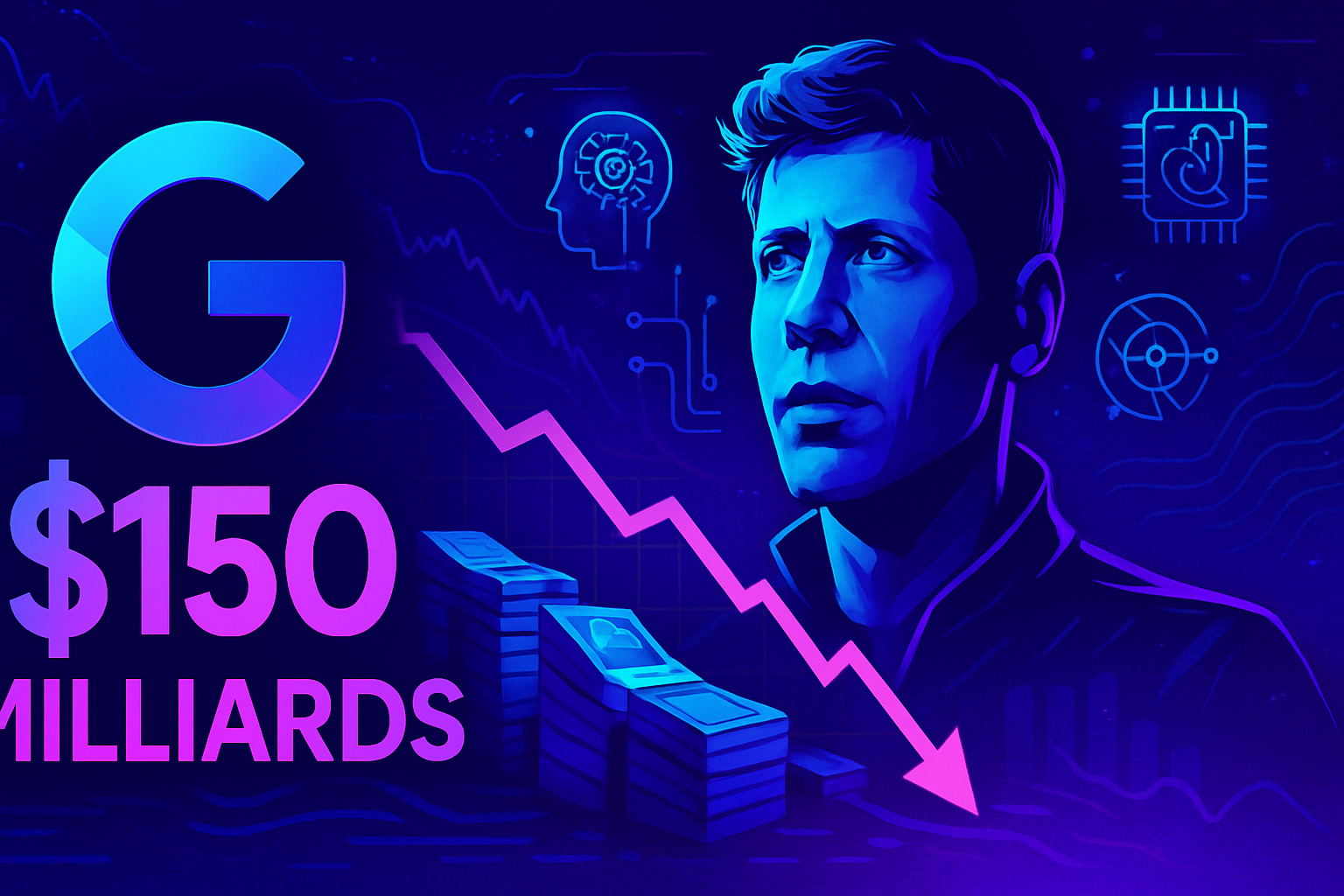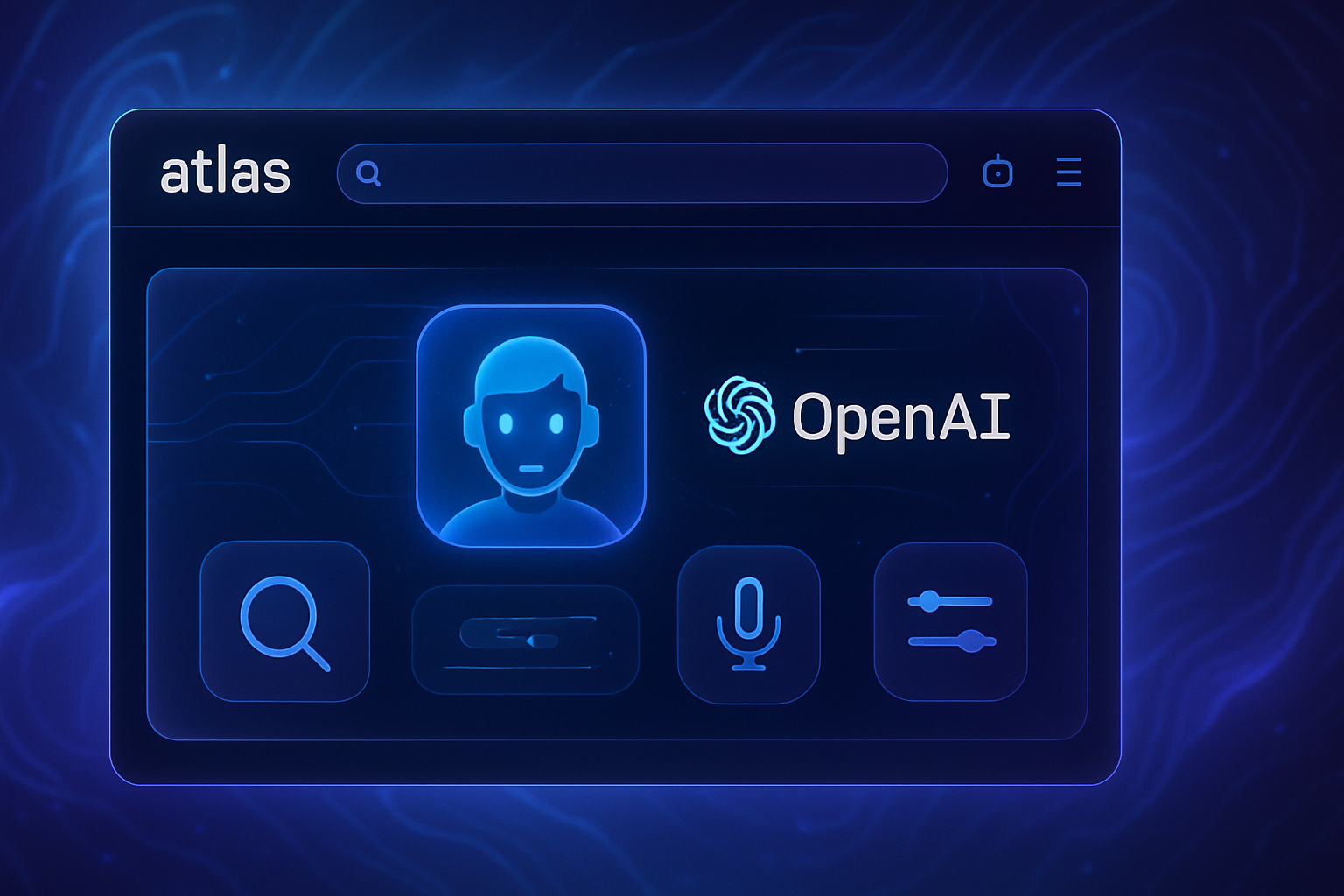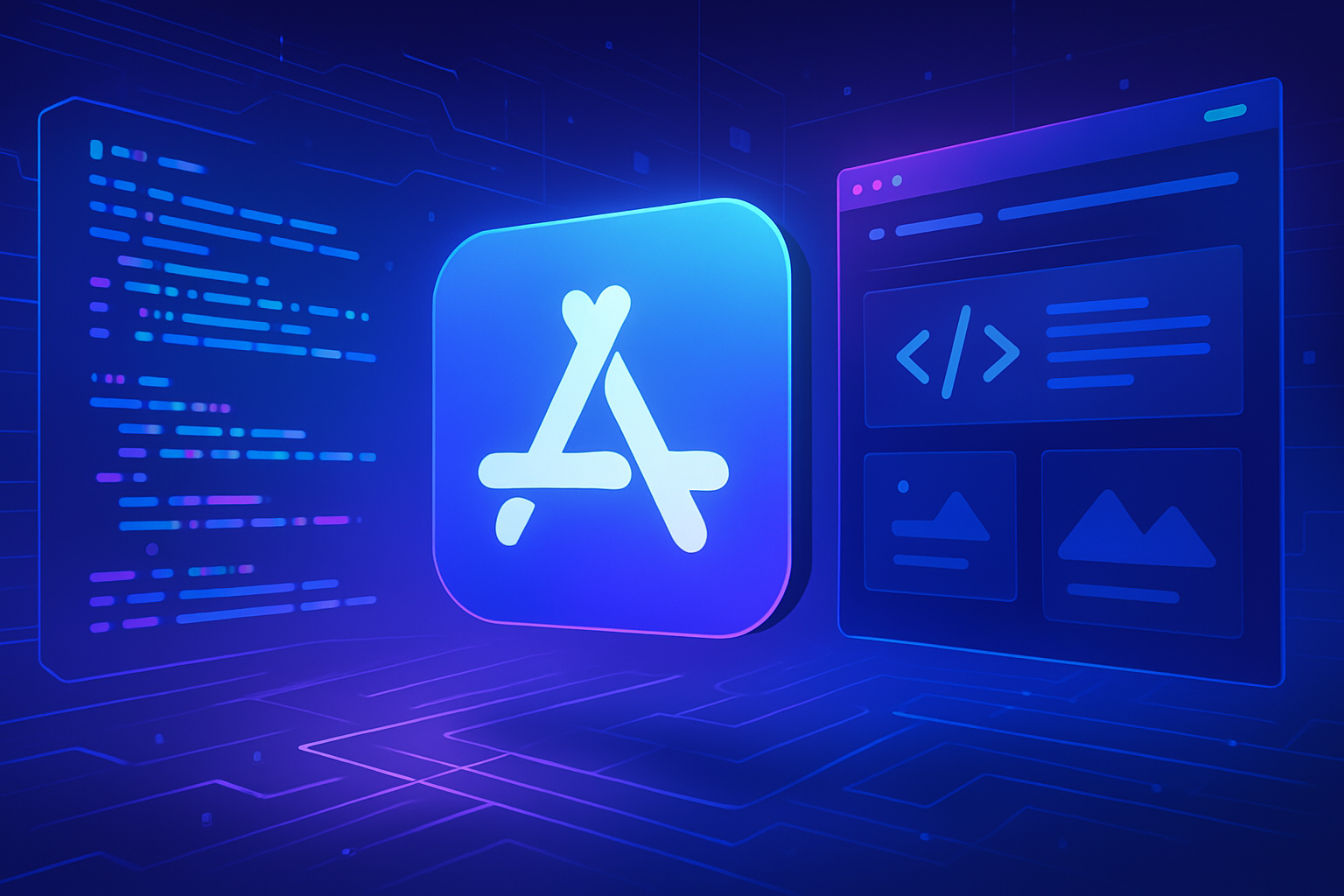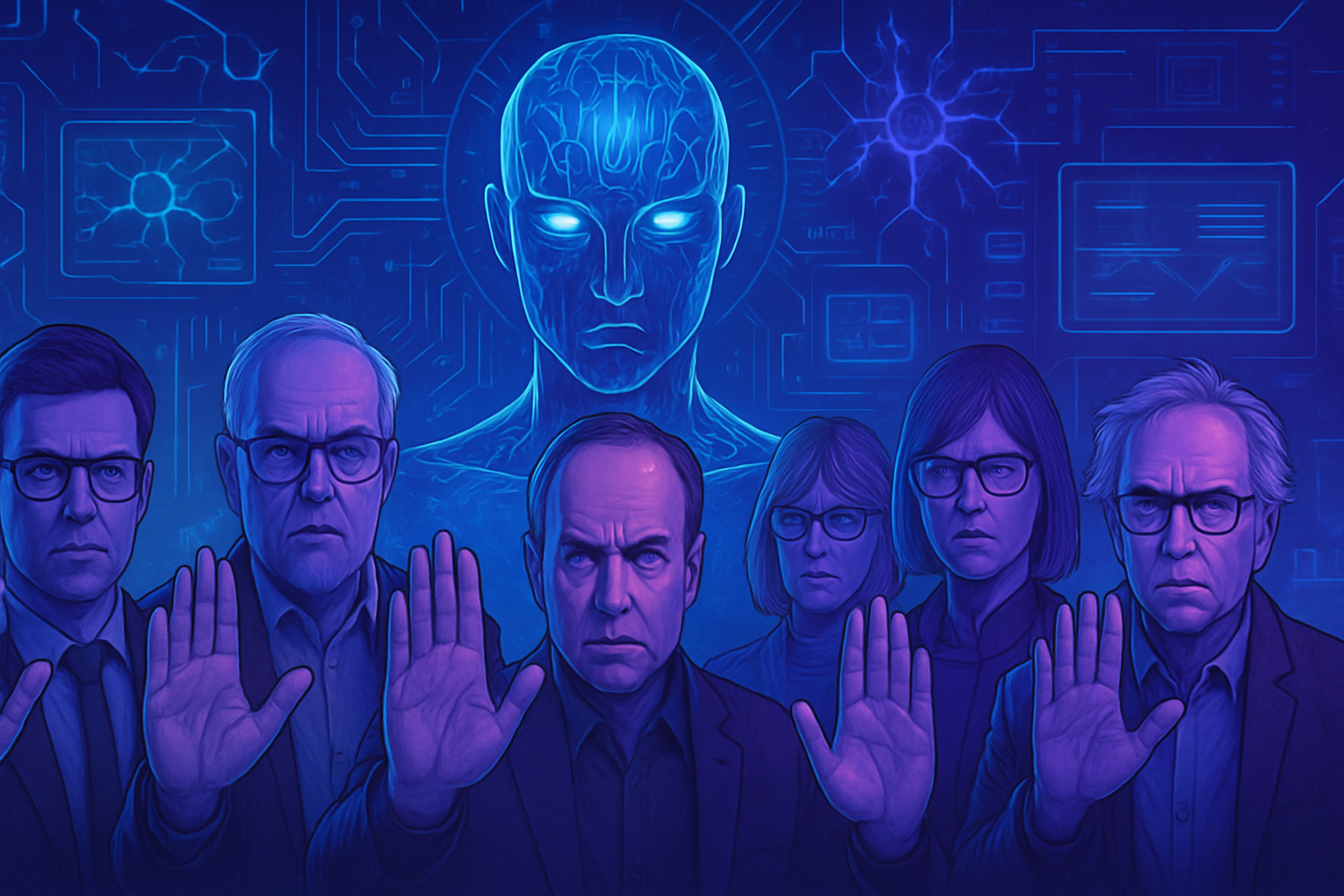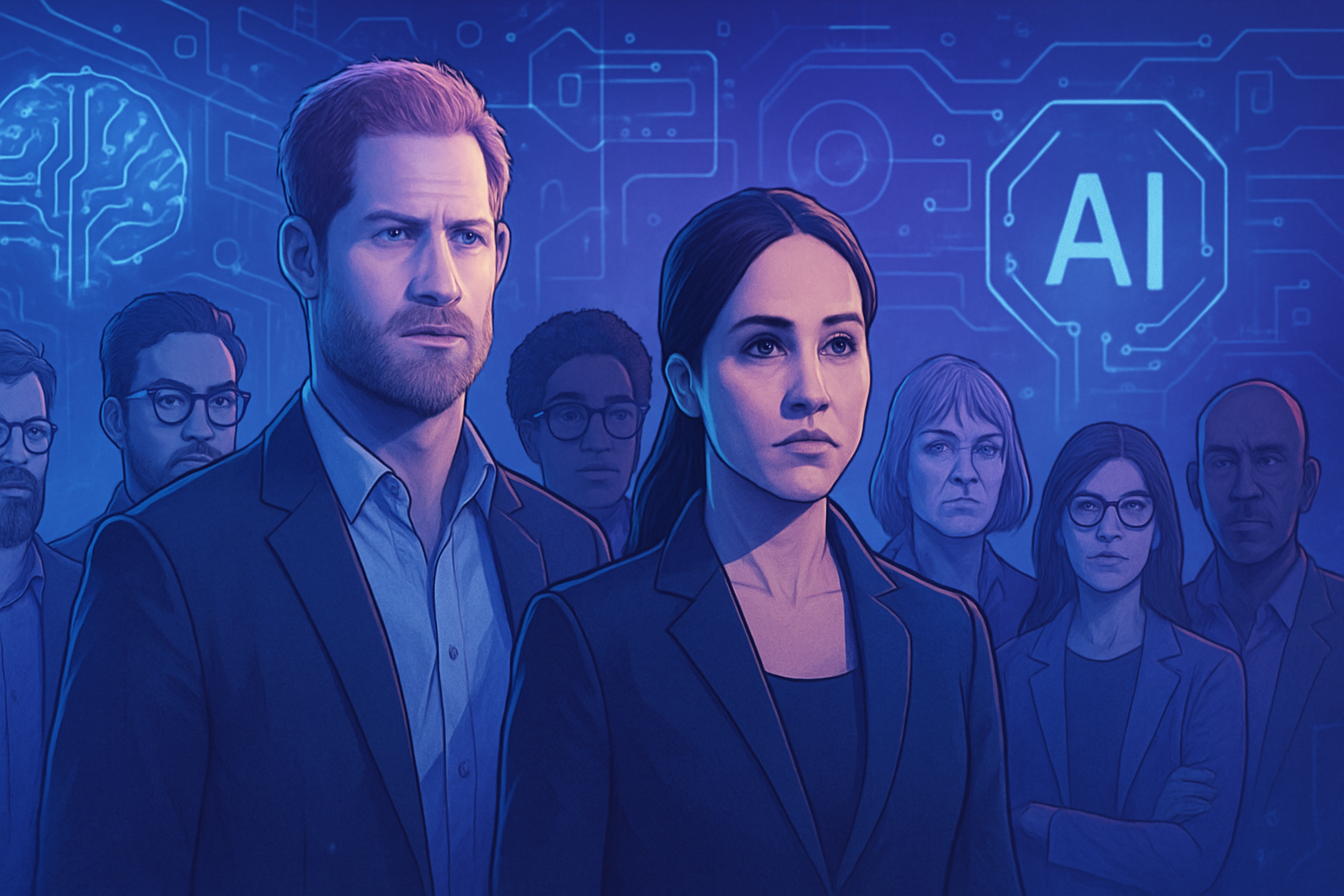The synergy between humans and machines reveals unprecedented dimensions, redefining our interaction with artificial intelligence. An innovative framework allows for intuitive interaction with a robot. Thanks to revolutionary advances, users can now correct a robot’s actions by thought, generating feedback of a finesse similar to that which they would reserve for a peer. This dynamic paves the way for enriched interactions and a better understanding of the ethical limits of robotics. The transformation of artificial intelligence depends on human feedback. By transforming the way we perceive learning and correction, we are shaping a future where humans and robots coexist harmoniously. The collaboration between humans and robots is emerging as a necessity to advance towards more intuitive and tailored technologies.
A Thought Correction System
A significant advancement is emerging with the development of a neural interface that allows an individual to correct a robot’s actions. This technology, developed by a team of researchers from the Massachusetts Institute of Technology (MIT) and Boston University, relies on a direct interaction between the human mind and robotic hardware. Users, equipped with headsets filled with electrodes, are capable of transmitting corrective instructions simply by concentrating.
Interfacing Between Humans and Robots
This interface operates on a simple yet innovative principle. Researchers have designed an algorithm capable of reading brain signals emitted by the human brain when observing a task performed by the robot. This process creates a feedback loop similar to one that could occur in human interaction. The data is then transferred to the robot, which can adjust its behavior based on the corrections provided by the observer.
Practical Applications and Perspectives
The applications of this technology are vast and promising. In sectors such as assistance to disabled individuals, robots could learn to adapt to users’ preferences while receiving immediate feedback. Such an advancement also paves the way for collaborative robots in various industrial fields, where humans and machines will work in synergy to accomplish complex tasks.
Ethics and Regulation
The implementation of this technology raises significant ethical questions. The increasing interaction between humans and robots requires deep reflection on the moral implications of this dependence. Discussions must be initiated regarding the definition of limits for using robotics in the face of human interactions and the impact it may have on employment.
Technological Challenges and Limitations
Despite the perceived advantages, challenges remain. The accuracy of the neural interface depends on the robot’s ability to correctly interpret brain signals. Additionally, developing such a system requires rigorous testing to avoid critical errors. A recent study highlights the issues of bias in artificial intelligence that could exacerbate human prejudices, underscoring the importance of constant oversight.
A Promising Future
Research in the field of neural interfaces marks the beginning of an era where robots and humans could interact seamlessly. Research teams, such as those at MIT, continue to refine these technologies. The prospect of continual learning for robots, attributable to constant human feedback, anticipates a future where these machines better understand their limits and adapt to varied contexts, thereby increasing their efficiency in diverse tasks.
Influential voices, such as that of Mark Cuban, speak on the long-term impact of artificial intelligence on jobs requiring deep thinking. This is an essential reflection to ensure that the increasing integration of technology does not dehumanize interactions. This technological advancement presents itself as a transformative potential for the entire economic and social landscape, while requiring vigilance and critical reflection.
Frequently Asked Questions
How does the innovative framework allowing correction of a robot by thought work?
This framework relies on a neural interface that captures the brain signals of the user, allowing them to correct a robot’s errors simply by watching it act, without the need for physical interaction.
What types of errors can a user correct in a robot?
The user can rectify various types of errors, including those related to navigation, requested tasks, or inappropriate reactions to surrounding stimuli.
Does this technology require specific training for users?
While initial training is beneficial for understanding how to interact with the system, it is designed to be intuitive and accessible, allowing for progressive use without in-depth technical expertise.
What are the practical applications of this innovative framework in the real world?
This framework can be applied in various fields such as industry, medicine, education, and even in home environments, improving interaction between humans and robots.
What psychological benefits can this framework provide to the user?
It can enhance the user’s confidence in their ability to interact with technology, providing a sense of control and effectiveness when facing artificial intelligence systems.
Does the innovative framework take into account human emotions in corrections?
Currently, the system focuses on the logical correction of robot actions, but research is ongoing to integrate emotional aspects into interactions.
What is the level of accuracy for error correction by this system?
The level of accuracy depends on the robot’s training and the user’s ability to provide clear feedback. In general, studies have shown a significant improvement rate in robot performance after correction.
What ethical considerations are related to the use of this framework?
Ethical considerations include the responsibility of users when correcting robot actions and the need to ensure that interactions remain safe and beneficial for all users.

